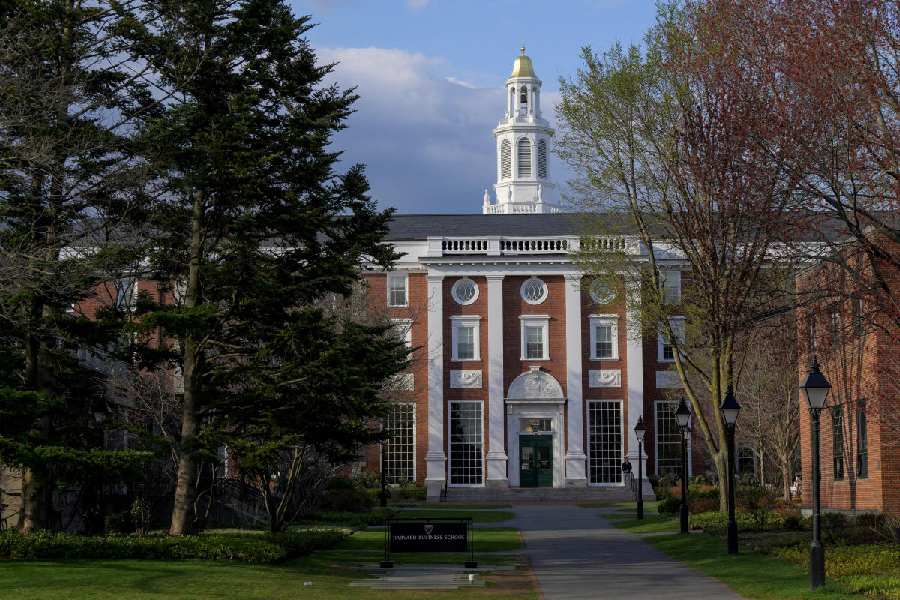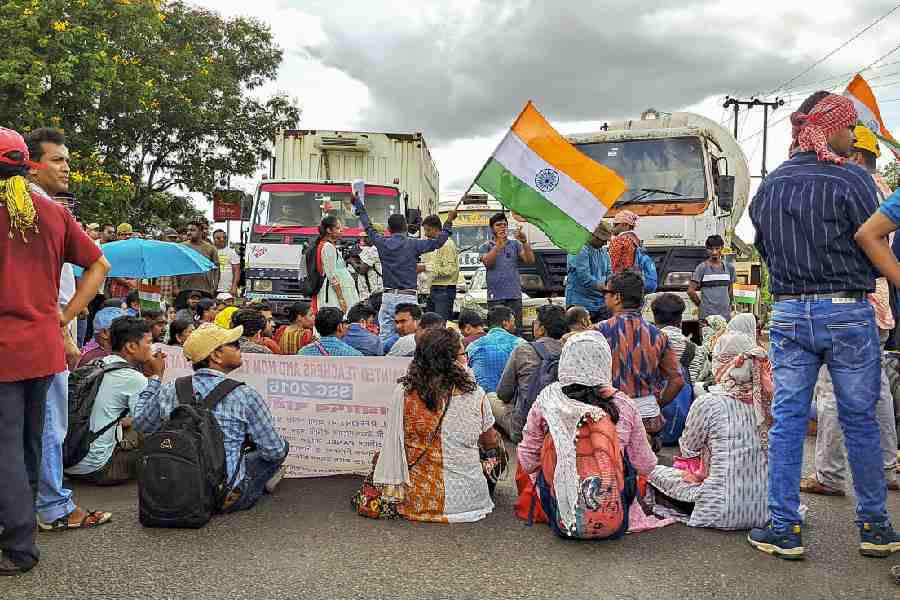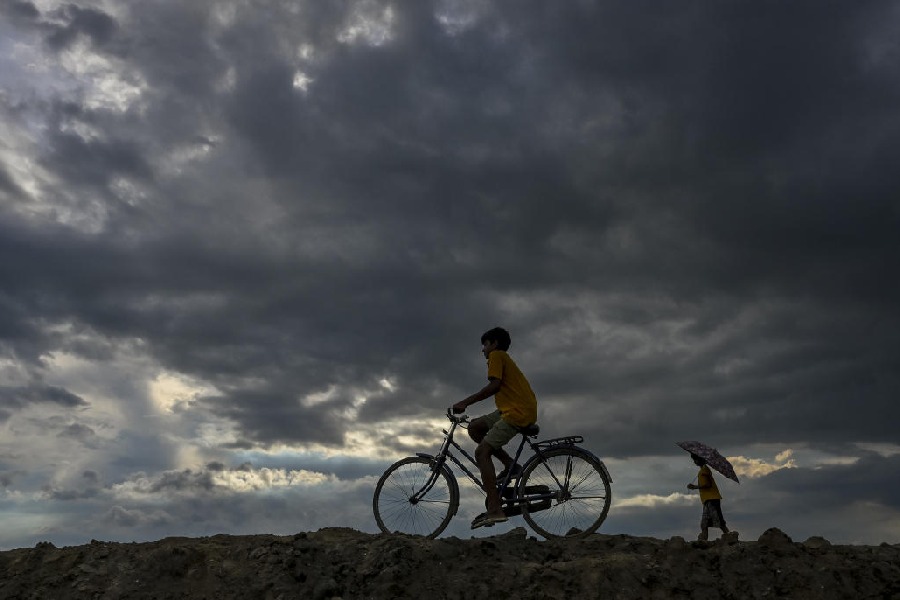Rome, Jan. 19 (Reuters): Tropical mangroves saved thousands of lives in some parts of Asia hit by the December 26 tsunami, but vast areas of the swampy coastal forests were destroyed and need replanting, the UN said today.
Many communities on the Indian Ocean benefited when mangroves took the brunt of the massive waves, saving populations living further inland. Some governments say they will now step up mangrove planting and conservation.
But the UN Food and Agriculture Organisation (FAO) said governments should not be tempted to undertake massive new plantations in the hope of gaining better protection as this could do more harm than good to humans and the environment.
?Mangroves can help protect coastal areas from future tidal waves,? said Mette Loyche Wilkie, an FAO expert on mangroves.
But mangroves should not be considered a panacea to the threat of tsunamis or typhoons, the FAO said. Narrow mangrove strips provide little protection and can easily be ripped up and hurled inland, adding to the hazard faced by nearby populations.
The FAO reflected the concerns of environmentalists, who have criticised previous plantation projects that have damaged existing forest ecosystems to favour a particular type of mangrove which may not be right for that environment.
?The FAO does not recommend massive planting of mangroves in areas where they would replace other valuable ecosystems, such as turtle nesting grounds and sea grass beds,? it said.
Mangroves, trees whose tangled roots grow above ground in coastal swamps, are a unique habitat for wildlife like migratory birds, monkeys, lizards and turtles.
Forty per cent of the world?s mangroves grow in the region affected by the tsunami and the forests took a severe hit from the killer waves.
After decades of deforestation due to the development of housing, agriculture and tourism, many more mangroves now face death as silt deposited from the waves clogs the pores of their aerial roots, suffocating them, the FAO said.










